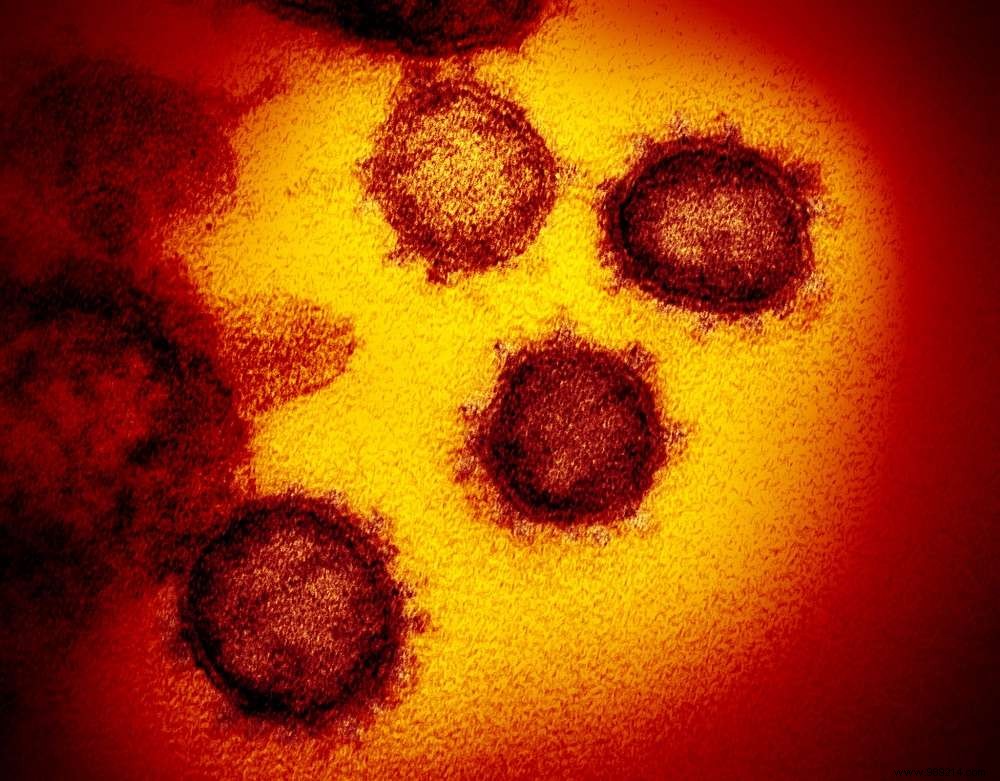Researchers announce they have identified a close relative of SARS-CoV-2 in bats? This gives us more evidence that the virus causing the COVID-19 pandemic evolved naturally, not in the lab.
The rumors circulating around a possible leak of the SARS-CoV-2 virus from a P4 laboratory in Wuhan remain unfounded. This type of structure is placed in very strong depression (negative air pressure). In fact, "even a major breach in the structure would not allow the escape of a pathogen “, recently explained Olivier Reynard, from the International Center for Research in Infectiology (CIRI) in Lyon, interviewed by Capital.
Thus, for the vast majority of researchers, the origin of the virus responsible for the COVID-19 pandemic is indeed natural. And with that in mind, bats are among the most likely hosts. The virus would then have infiltrated an animal host innocently, until it developed the necessary mutations to attack humans. A new study, published in Current Biology , tends to confirm this idea.
The Coronaviridae take their name from the crown of spicules that envelop their surface. These spine-like structures express protein S. This is a glycoprotein that facilitates the entry of the virus into cells. For the case of SARS-CoV-2, we know that there is a cleavage of the S protein into two subunits:S1 and S2 .
Basically, S1 is the one that allows the virus to form contact with the target cell. She will latch on to her angiotensin converting enzyme 2 (ACE2). When S1 is attached to this receptor, S2 will then interact with another important cellular protein (TMPRSS2). This is what will allow the virus to enter the lung cells.
However, SARS-CoV-2 is characterized by an insertion of four amino acids at the junction of S1 and S2 . This insertion, present so far in all sequenced SARS-CoV-2, was visibly unique to the virus. Since its discovery, proponents of the "lab escaped virus" theory have therefore pointed to this apparently very unusual "S1/S2 insertion" and possibly indicative of laboratory manipulation.

What Chinese researchers are announcing today is that this same configuration has been identified in a new coronavirus, again present in bats.
RmYN02, its name, was identified from an analysis of 227 bat samples. The samples taken between May and October 2019 come from Yunnan province, China. Last January, the RNA from these samples then underwent next-generation metagenomic sequencing.
These analyzes reveal that the virus also contains amino acid insertions at the point where the two subunits of its spike protein meet.
Inserts in RmYN02 are not the same as those in SARS-CoV-2. This indicates that they occurred by independent events. However, a similar pattern occurring in a virus identified in bats strongly suggests that these types of insertions are of natural origin.
If we consider the whole genome, the closest relative of SARS-CoV-2 is another virus, called RaTG13. It had previously been identified in bats from Yunnan province. RmYN02 meanwhile is even more closely related to SARS-CoV-2 in parts of the genome, including the longest coding section of the genome called 1ab, where they share 97.2% of their RNA.
The researchers note, however, that RmYN02 does not closely resemble SARS-CoV-2 in the region of the genome that codes for the binding domain of the protein that binds to the human ACE2 receptor , used by SARS-CoV-2 to infect host cells. This means that it is not likely to infect human cells.
Source